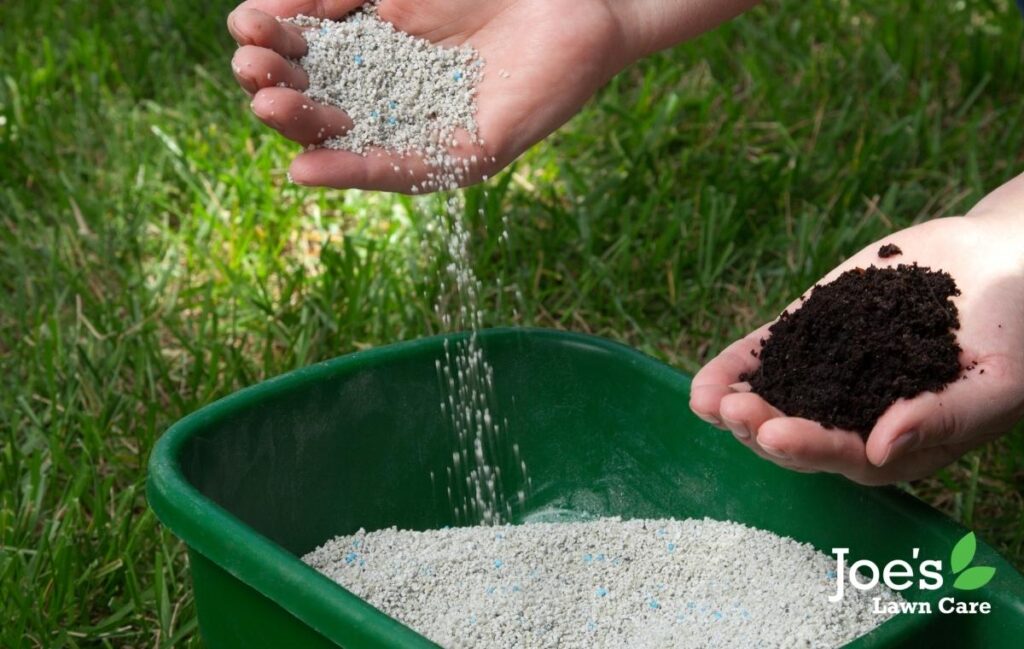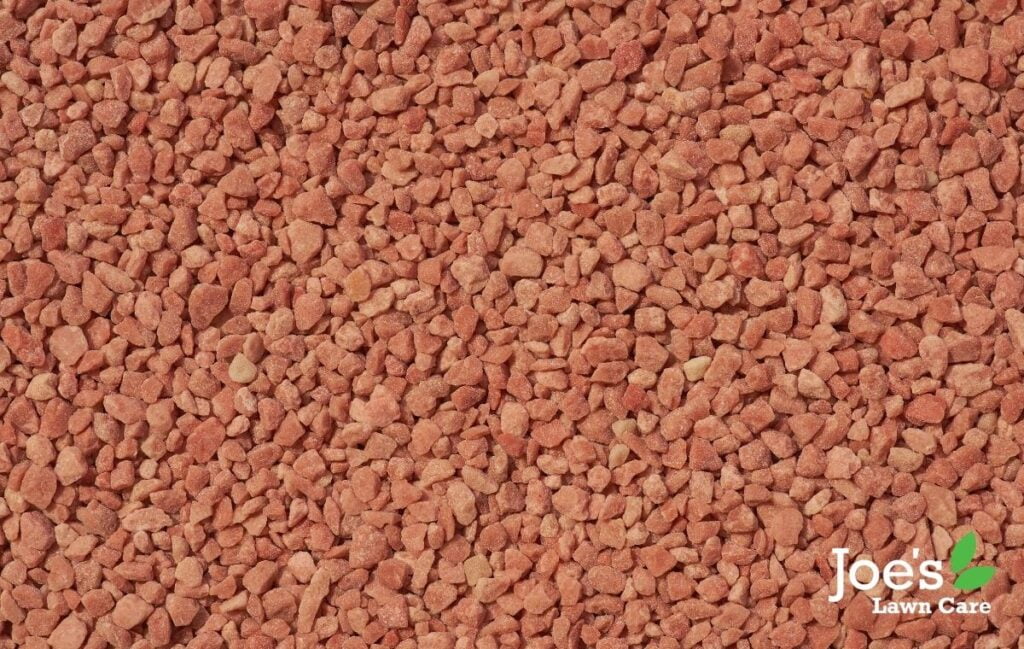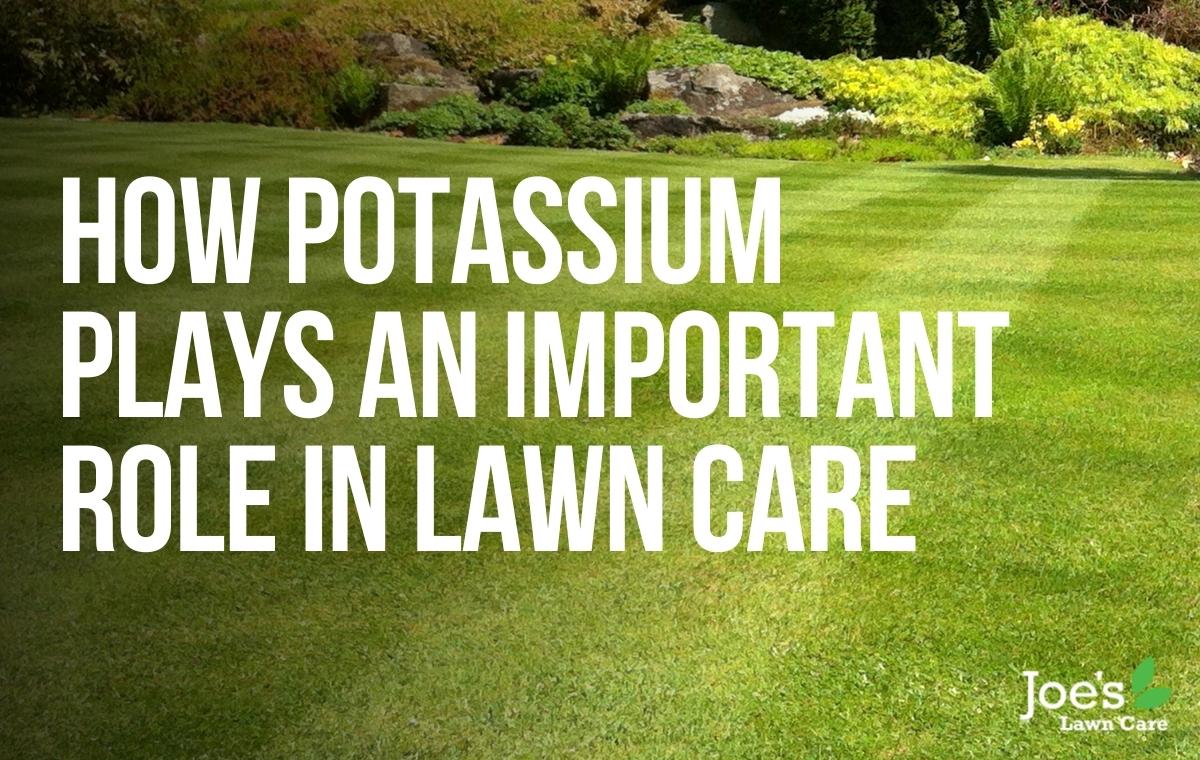How Potassium Plays An Important Role In Lawn Care
Think back to your school years, when being a science lab was a daily norm. You might remember seeing (and experimenting with) potassium for the very first time. That’s because potassium can be a pretty crazy. It’s an extremely reactive element that keeps chemists in tip top shape should they ever need to run for their lives from explosion and flames.
But potassium is also incredibly crucial to life, especially your lawn.
In case you didn’t know this already, keeping your lawn nice and fertile is possibly the most important part of lawn care. It’s what encourages a speedy growth, a healthy sward, deep roots and helps your lawn stand up for itself against lawn pests and diseases. It’s also why it’s pretty important to check what quantities of which elements (read: nutrients) are found in your lawn fertiliser.
That’s why we’re about to dive into the world of potassium, it’s place in lawn fertilisers and the role it plays in your lawn care:

The 3 Main Elements in Lawn Fertiliser
In almost every single lawn fertiliser on the market, there are three main elements.
There’s:
- Nitrogen (N)
- Phosphorus (P)
- Potassium (K)
The trick is choosing the right fertiliser ratio for your lawn. That means understanding what soil type is found in your garden, testing your soil to find its pH level. And, of course, taking into consideration your own preferences when it comes to organic or non-organic fertilisers.
The reason we mention soil type and pH levels is simple. When you know more about your soil, you’re able to accurately amend or fertilise your soil and create the most perfect growing conditions possible. That includes knowing exactly how much potassium your soil needs in order to grow good, strong, healthy grass.

The Role of Potassium in Nature
As we quickly mentioned earlier, there are three main elements that are super-important to your lawn’s nutritional needs. That is: nitrogen, phosphorus and potassium, the latter of which comes in the form of potash. It might sound like teenage-slang for mash potato but is in fact a salt that contains potassium in water-soluble form.
More often than not, potash is found in copious amounts in most soil types, but it’s not always available for grass plants to enjoy. Such as clay-like soils. Luckily, potassium is exclusively reserved to soil because it’s also found in other natural hiding spots. In organic fertiliser and compost sources. Such as anything containing seaweed, wood ash, animal feeds and most garden bedding supplies.
The Way Your Lawn Uses Potassium
In order for your lawn to grow strong and durable, your grass needs a healthy amount of nitrogen, phosphorus and potassium. They all bring different strengths to the table but potassium is especially important to the growth processes. As well as allowing your grass plants to get the maximum benefit from nitrogen. But that’s just part of the reason why potassium is so important.
By adding potassium to your soil, your grass will have everything it needs to survive and thrive. From drought to disease to all those little extra stresses placed on your lawn. The way it works is by boosting the turgidity of the plant cells. That’s just is an overly scientific way of saying, “potassium makes your grass way better at handling drought, cold and diseases.” Flip that on its head, though, and you realise that a potassium deficiency in your lawn’s soil makes your grass way more vulnerable to heatwaves, dry stints, winter weather and common lawn diseases.
Adding Too Much Potassium To Your Soil
The thing about potassium is your grass plants can enjoy a lot of it as a way to enjoy faster growth. That said, there is a concern that overapplying potassium can cause harm, although it’s pretty tricky to know if overconsumption is a problem.
Even when you perform a soil test, the only real feedback you’ll get is simply a sign that your lawn has a potassium deficiency. As such, we always recommend aiming for an overall healthy soil with potassium levels that are obtained naturally with the addition of recommended fertilisers.
The Different Potassium Fertilisers For Lawn Care
Most of the time, lawn fertilisers that have a high amount of potassium tend to be sold as winterizing fertilisers. Because potassium is so effective at making your grass more resilient to big freezes and winter temperatures. That said, most of the time, terms like ‘winter fertilisers’ and ‘summer fertilisers’ are used simply for marketing purposes. That’s you need to make sure you read the label to get a better understanding of what is being used.
The Downside of Using Potassium Fertilisers
As we mentioned above, potassium is manufactured as potash, a water-soluble salt. This makes them incredibly susceptible to running off with each heavy rain. But while this might sound like bad news, studies suggest that potash is not harmful to humans or wildlife.
Main issue with excessive potassium is the side effect of excessive amounts of nitrogen and/or phosphorus. Both of which can be harmful to the environment. Because adding too much nitrogen-based fertiliser to your lawn will either create too much top growth or burn your grass and its root system.
Thanks for reading our guide on ‘How potassium plays an important role in lawn care’. For more lawn care tips and tricks, follow us on Facebook and Instagram.





